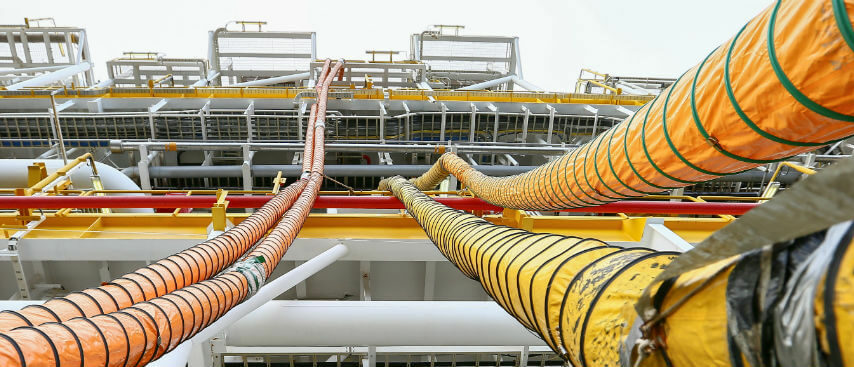Industrial purges are a process that works by evacuating unwanted gases from space. This helps prevent particles from being released into the atmosphere and protects your equipment from damage. The process of industrial purging can be used in various industries, including manufacturing facilities, food processing plants and laboratories. The industrial purges also allow you to control your facility’s temperature and humidity levels before moving on to other operations or events, such as product loading/ unloading or storage, until an inspector arrives.
What is Industrial Purge?
An industrial purge is a process that involves the removal of unwanted gases from a process area. It can remove air, moisture, and other contaminants from a process area. This is done through several different methods, including:
- Pneumatic blowing
- Steam blowing
- Vacuum purge system
How does it work?
The fundamental difference between a purge and degassing is that the former uses inert gas to fill a chamber, while the latter uses a vacuum. Inert gases do not react with other materials, while a vacuum removes molecules from space by applying external pressure to generate a low-pressure environment. In both cases, if there is any oxygen in a sealed container (such as when filling it with water), some amount of oxidation occurs due to reactions between the oxygen and other materials. Purge processes and degassing use inert or exhaust gases, respectively, because they can prevent oxidation during industrial processes because their presence prevents any reaction due to exposure to reactive elements like oxygen.
What’s the purpose of industrial purges?
Purging has many purposes, but its primary goal is always one thing: preventing contamination or corrosion in your equipment when used during specific processes like thermal cycling, where heat transfer may cause rusting or other issues if left unchecked over time due to direct contact with water vapour molecules which could lead potentially harmful effects over time – these include corrosion damage caused by rusting metal surfaces most commonly seen as pitting corrosion patterns found around joints where two pieces meet together such as rivets etcetera; therefore prevention through pre-cleaning methods such as blowing out old fluids/gases prior before installation usually involves draining pipes beforehand unless otherwise specified by manufacturer recommendations – since this process takes place outside where sunlight won’t hit directly onto pipe walls thus negating any chance of “sunburn” type damage occurring.
Benefits of Industrial Purge Processes
- Reduces emissions of harmful chemicals.
- Better product quality.
- Increases productivity.
Gases used for Purges and Inerting
The most common gases used for purging are nitrogen, argon, carbon dioxide and helium. Other inert gases, such as krypton or xenon, may be used in specific applications.
Tips for Choosing a Purge Gas Supplier
Choosing a supplier for your industrial gas needs can be a daunting task. The following tips will help you make sure that you’re getting the best value out of your supplier and ensuring that they have the right equipment for your application:
- Determine whether or not the purge gas supplier has experience with your specific process. If they don’t, it could signal that they aren’t familiar enough with your business to meet its requirements adequately.
- Ask about their track record of success in industrial purging applications like yours before signing any contract with them.
- Punctuality – Purge processes prevent environmental contamination, and a late delivery could have critical consequences.
It would be best if you also asked about their safety record. If they haven’t had any accidents or injuries within the past two years, this could be another indication that they are qualified to meet your needs.








